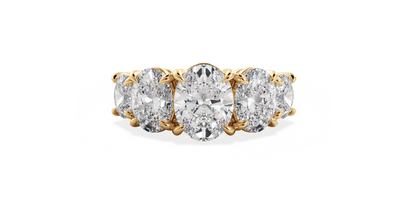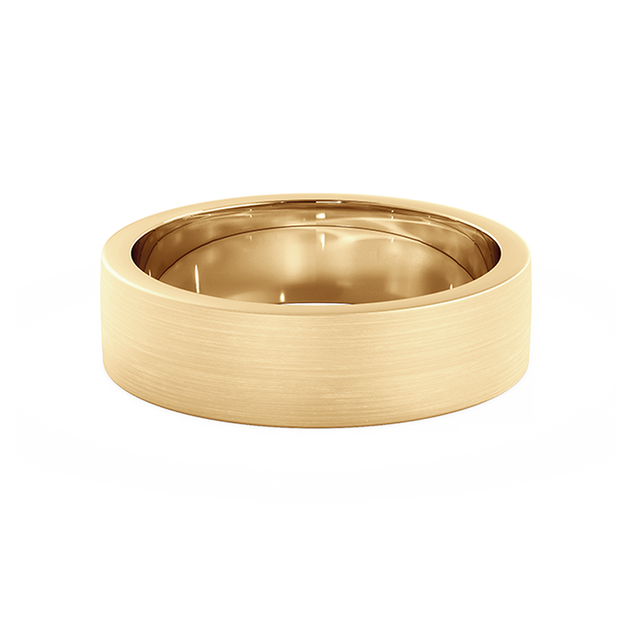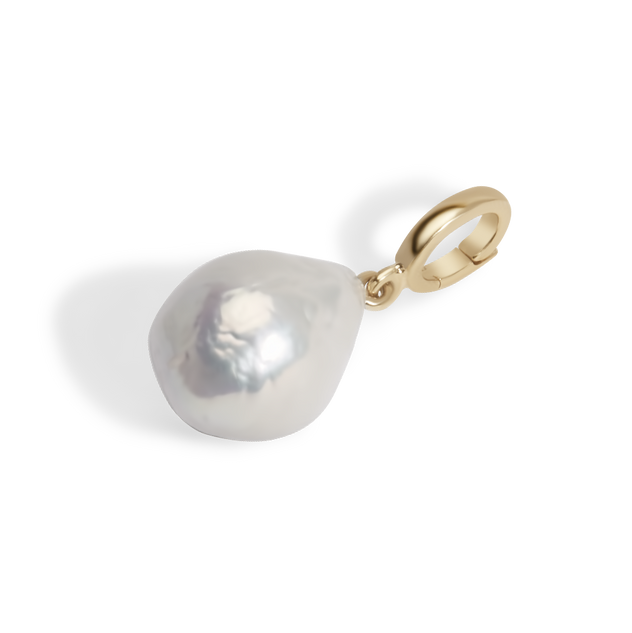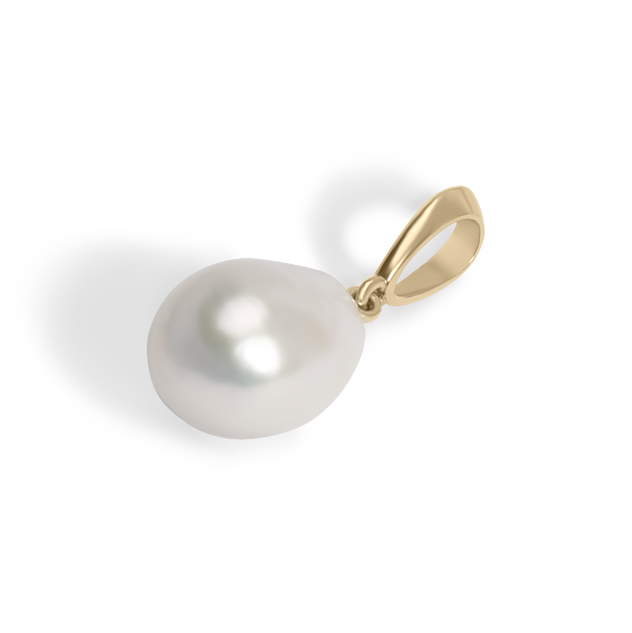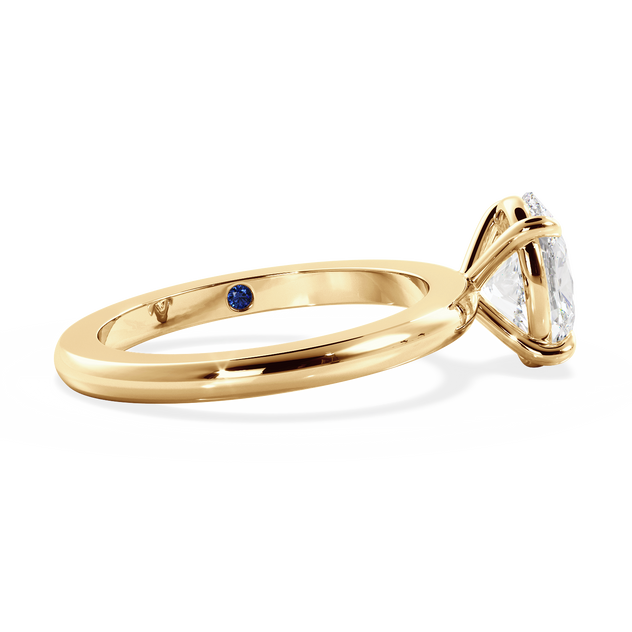Use an existing ring that fits on the ring finger
On rare occasions, a ring will return to us in need of a repair, typically damages made to a ring are a quick fix, such as reshaping of the band/setting or tightening of claws. Accidents can happen, but we want to assure you not to panic or let emotions get the better of you.
In 99% of cases, your precious piece can be repaired and returned to you as good as new. A very common misconception is that metal and diamonds/gemstones are indestructible. However, this is far from the case. Metals, such as gold or platinum, can easily bend, warp and scratch.
Similarly, diamonds and gemstones are prone to chipping. Whilst diamonds come in at 10 on the Mohs scale, they may be less likely to scratch, but given enough force, especially on points, they will break. Below are common reasons why an engagement or wedding ring may be damaged.
ACCIDENTAL DAMAGE AND WEAR AND TEAR
Accidental damage is caused by a sudden or series of unexpected incidents, whereas wear and tear accumulates over time. In many cases, accidental damage is caused in the first year of wear simply because the wearer may not yet be accustomed to the new feeling of wearing a piece of fine jewellery. Light dents, abrasions, and scratches would be considered normal wear and tear for rings.
We recommend sending your Louise Jean piece back for a complimentary annual service. During this service, our jeweller will give your ring a deep clean and polish, and check all stones and settings to ensure they are secure and have not loosened due to accidental damage and wear and tear. Your ring will look like new! If we identify any concerns with wear to the claws or settings, our jewellers will fix this and let you know, so that you can take steps to avoid this in the future. For significant damages, our jeweller will assess the nature of the damage itself and provide further information on the next steps (see below 'What to do in case of a broken ring').
DESIGN FAULT
Our pieces are both designed with CAD (Computer Aided Design) and hand crafted/assembled by our master jewellers. The design process is our speciality. There are many complex processes and highly specialised people who contribute to ensuring designs are carefully created.
Design faults are considered rare in this case, as there are certain standards within jewellery manufacturing (such as band width, metal thickness used in components, etc.) that ensure a ring's structural integrity.
MANUFACTURING FAULT
While uncommon, a manufacturing fault for a ring will typically be apparent in the first 1-6 months of wear. These faults occur during the production process and can include:
- Inadequate stone setting work - may cause the claw to break or easily catch on clothes.
- Porosity – either contaminated or poorly cast metal.
- Poor solder join - causing the band to unjoin/snap or certain components to come loose.
Such faults are usually identified during the various stages of production and quality control checks. Should the ring come back for repair, a manufacturing fault can be easily identified and rectifiable. Faults of this nature are covered under the warranty of our Louise Jean pieces.
THE RING NOT SUITABLE FOR THE WEARER
This specifically relates to each individual's unique lifestyle and how their ring's design accommodates that. Narrow and fine bands are more commonplace now than they were 10-20 years ago. Many clients will specifically request 'as thin as possible' for their desired band width. While we have specific band thickness parameters that we work within, it is also important to consider your lifestyle and how the ring will be exposed daily. For example, a hands-on mother, or person who works in a labouring industry (i.e. personal trainer, carpenter, cleaner) may be inclined towards considering a band with slightly more metal width. Ultimately, a ring that is worn daily that does not suit the owner's lifestyle may be prone to damage outside of normal wear and tear.
WHAT TO DO IN THE CASE OF A BROKEN ENGAGEMENT RING
We understand that this will be an upsetting time, but please don't stress, as in many cases the ring can be easily fixed.
Firstly, stop wearing your ring immediately. The damage may be worse than you can see to the eye, and structural damage could lead to the loss of stones. Next, only take your ring back to Louise Jean. Our reputable and experienced jewellers will be able to assess the damage quickly, determine the costs involved (if necessary) and subsequently, the process to repair it.
Contact our team via email or our website, and we will help you to organise an assessment.
MY DIAMOND HAS A CHIP IN IT!
While diamonds have the highest rating on the Mohs scale of hardness (measured out of 10), they do have their weaknesses. Hardness refers to how well a material resists scratches. However, a diamond is still considered very fragile and can chip with enough impact at the wrong angle. Fancy cuts (pear, marquise, princess etc.) are more susceptible to damage due to their sharp corners.
Sadly, time is not a prerequisite. You could have your diamond for one day or twenty years, and it can still be chipped. It is also unlikely that you will notice the moment a chip occurs. The first time you see it may be no indication of when the damage took place. Most jewellery brands will not cover chipped, cracked or lost stones under their warranty, as this is the nature of choosing to wear fine jewellery (and not an indication of the work quality).
This is why it is essential to have your rings insured. Many insurance policies will also not cover chipped or lost stones. It is important that you read the fine print of your policy to ensure that you are covered for accidental damage, particularly damaged stones. Our recommended insurance company is Q-Report, which covers damaged stones in their policy.
HOW TO PREVENT DAMAGE
While all of our pieces are intended for daily wear, it is essential to realise that it is not good practice to wear fine jewellery pieces - which includes engagement and wedding bands - 24 hours a day, 7 days a week.
In general, it is best to not wear your ring when:
- The activity puts pressure between your hand and a hard surface.
- The activity carries any risk your ring may get knocked.
- You would not be able to easily find your ring if it comes off your finger.
- You are more than three months pregnant.
You can read our Care Guide here.
Schedule your ring in for its annual Service & Clean here.
